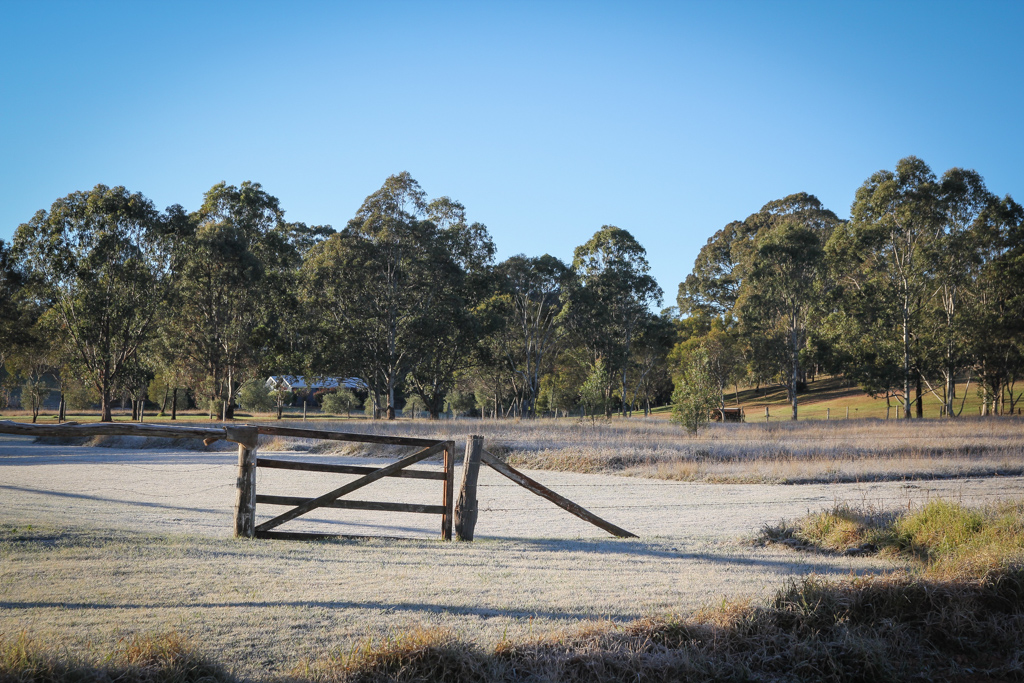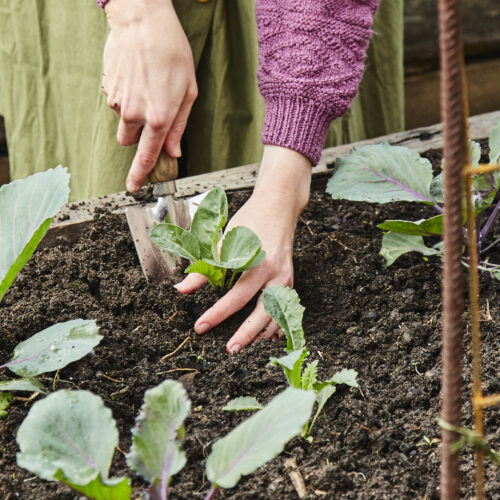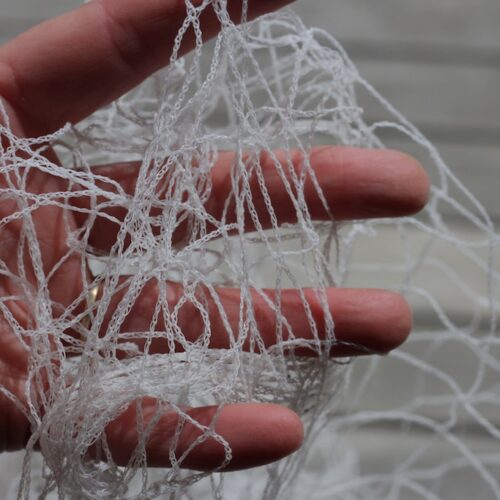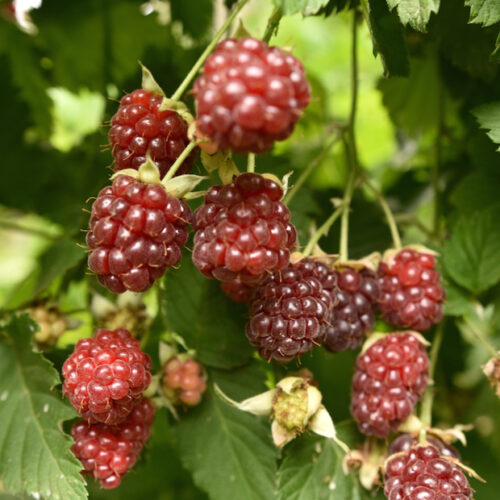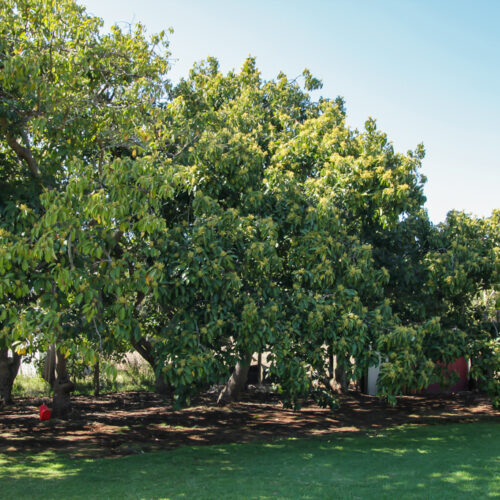Gardening jobs for June
2016-05-31T04:18:12+10:00
JUSTIN RUSSELL suggests rugging up and making the most of gardening in cooler weather. Read his tips here.
For a place that’s at the same latitude as Brisbane, you could be forgiven for thinking that Thistlebrook, my garden at Hampton, two hours west of the state capital, is a subtropical paradise. Sorry, but you’d be wrong. Up here on the Great Dividing Range, winters can be frostier than a certain Australian foreign minister’s glare. Even though we’re off to a slow start this year, winter announced it’s arrival right on cue with a crisp -3 morning that froze the garden hose and had ice lingering in the shade until 9am. Have I ever said how much I adore a proper winter?
In very cold climates, where snow makes gardening almost impossible, it’s tradition to “put the garden to bed” for winter and do very little until the spring thaw. Unless you live in the Tassie highlands or the Snowy Mountains, there’s no need to stop gardening over winter. In fact, it’s the best time of the year to tackle a few jobs that aren’t suited to warm weather.
If you want to move a deciduous tree or shrub, winter is the best time to do it. Ideally, wait until the plant is fully dormant before digging it up with as much of the root system preserved as possible. Place the plant into its new position, backfill carefully, leaving no air pockets, and water well with liquid seaweed. If the new position is exposed to strong winds, stake the plant until new roots anchor into the surrounding soil. Also, don’t expect miracles. It can take a couple of years for a plant to recover from a move, so don’t be worried if new growth is slow in appearing. Keep the plant evenly moist, water once per month with seaweed and eventually it should get going.
In winter dry climates, such as the tropics, subtropics and parts of the temperate and arid/semi-arid zones, it’s the best time of the year to tackle hard landscaping projects. Dry weather means no need to slop about in mud, so if you’ve got a wall, deck, paved area, arbour, or whatever to build, this is a good month to get started.
Citrus season is underway, and a common question I get asked is when fruit should be picked. My standard answer is when it tastes good, but if you’re worried about wasting a piece of fruit, you can guesstimate. If the colour is right, pick a piece and taste it, but note that some cultivars, most notably valencia oranges, can turn green again if they’re left on the tree for an extended period of time. They should still be sweet, but won’t look as pretty as a properly coloured orange.
With a wetter than average winter being forecast for most of the country, it’s a wise idea to get water harvesting systems sorted. Clear gutters of leaves, ensure leaks are repaired, and flush out downpipes to make sure the water runs properly. Consider installing a tank or two if you haven’t already. Government assistance is available in some states and council areas, but it’s important to understand that capturing water in times of plenty so that it can be used in times of need is a key element of sustainable gardening. A tank is a sound investment.
Bare root tree season is here, with plants appearing in nurseries and being delivered by mail order later in the month. Get planting sites ready in advance by digging holes, adding amendments such as well rotted compost and rock minerals (only very poor soils need slow release organic fertiliser added to planting holes), backfill, water with seaweed solution, cover with mulch and let the site soil activate over the next few weeks. By planting time it will be teeming with microbes and worms, perfect for establishing new trees.
Finally, take some time out. It’s too easy to treat gardening as an endless list of jobs that need doing, when in fact, the art of growing plants requires just as much dreaming as it does working. Make a hot cuppa, find a sunny corner and spend some time doing sweet nothing, except maybe a bit of imagining and listening. Gardens are for living!

